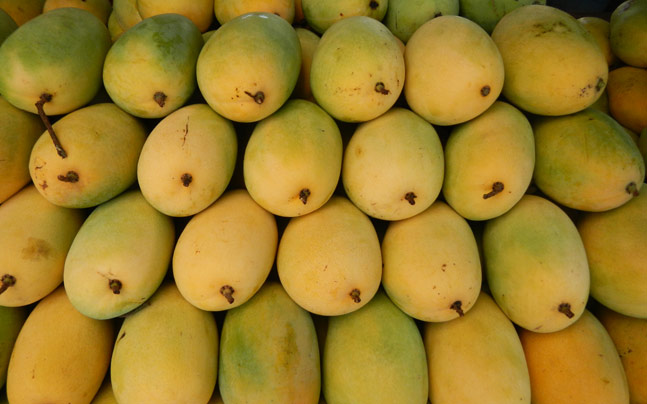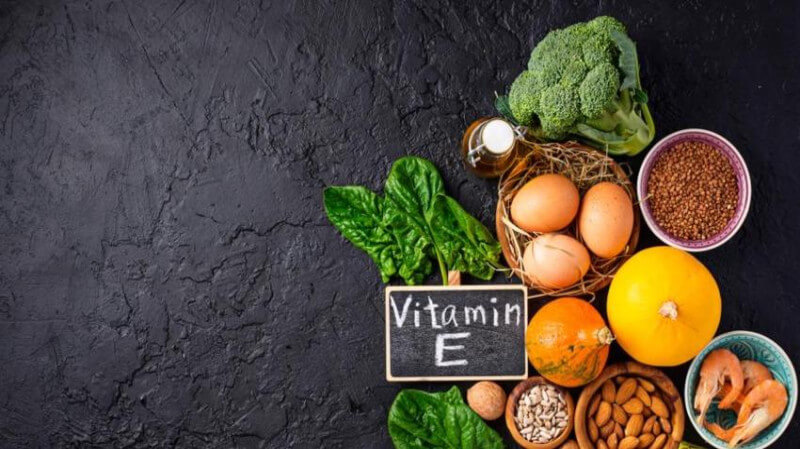Learn How To Identify Artificially Ripened Mangoes
Tue 23 May 2017, 19:50:51

No matter how much we may dread our summers, we also look forward to them; if for no other reason, for the delight of those juicy mangoes. Unfortunately, far from being healthy, eating fruits can also pose a health risk today, as they are often contaminated or laced with harmful chemicals that are used as pesticides or for artificial ripening. This is particularly true with mangoes.
While it may seem impossible to tell the good from the bad, scientists insist that there are simple methods of detection. All you have to do is look for these telltale signs of artificial ripening.
Signs Of Artificially Ripened Mangoes
Skin Color
“The skin color is an unnaturally bright yellow that is completely uniform”
Artificially ripened mangoes tend to have an unnaturally bright yellow color, as compared to mangoes that have ripened naturally. Of course, it’s hard to make a comparison, when you don’t which fruits have been ripened artificially or naturally. However, these mangoes will also have a uniform yellow color.
In naturally ripened mangoes, yellow and green areas blend gradually, as the skin changes color naturally during the ripening process, which is why they will not be uniformly yellow.
Mango Pulp
“Although ripe from the outside, the pulp of an artificially ripened mango will be yellow rather than reddish yellow”
Whether a mango has been artificially ripened or not becomes very obvious when you cut it open to reveal the pulp. If the mango looks ripe from the outside and the pulp within is a light yellow, it means that the fruit has been artificially ripened.
A naturally ripe mango will instead have pulp that is a uniformly bright reddish yellow.
Taste
“Burning or tingling sensation
in the mouth is sometimes associated with artificial ripeners”
in the mouth is sometimes associated with artificial ripeners”
Usually, there isn’t much difference in the taste, but you could experience a mild burning sensation in the mouth. In individuals with greater sensitivity there may be more severe reactions, with symptoms like tummy aches and diarrhea, but this is uncommon.
Juice
“Because of the process of ripening, mangoes that have been artificially ripened tend to have little to no juice”
If you cut open a mango and find very little juice, although it looks ripe, it’s most likely because the fruit has been artificially ripened. On the other hand, a mango that is naturally ripe will be extremely juicy. The difference is because juice is not formed when exposed to artificial ripening agents.
Are Artificially Ripened Mangoes Really Dangerous?
While it’s true that not every chemical or synthetic food ingredient poses a health risk, there is poor regulation of food quality in India and unscrupulous traders will even use harmful chemicals that are not fit for human consumption.
Calcium carbide is most commonly used to ripen mangoes and although not a proven carcinogen, it is regarded as a possible risk factor. The chemical reactions can also release other impurities, with dangerous chemicals like arsenic, phosphine and arsine. Aside from a cancer risk, exposure to these chemicals is also associated with chromosomal damage.
Our Take
Although the information here can help you identify artificially ripened mangoes, there’s always some chance of missing the warning signs. This is why most experts recommend washing fruits thoroughly before consumption. This is particularly important with mangoes as although we don’t consume the skin, most of us do consume it by scraping the skin against our teeth..
No Comments For This Post, Be first to write a Comment.
Most viewed from Health
AIMIM News
BJP-SP two sides of same coin: Asaduddin Owaisi
Nov 19, 2024
Latest Urdu News
Most Viewed
May 26, 2020
Do you think Devendra Fadnavis will be next CM of Maharashtra?
Latest Videos View All
Like Us
Home
About Us
Advertise With Us
All Polls
Epaper Archives
Privacy Policy
Contact Us
Download Etemaad App
© 2024 Etemaad Daily News, All Rights Reserved.



























